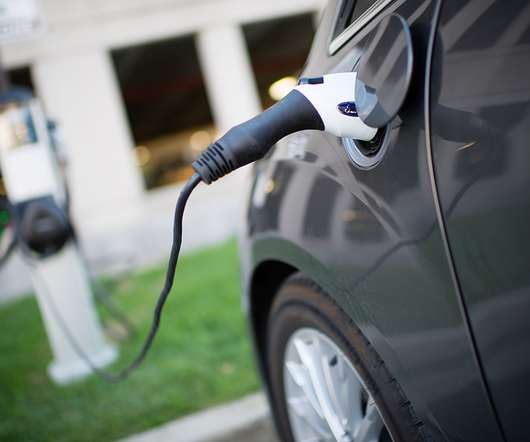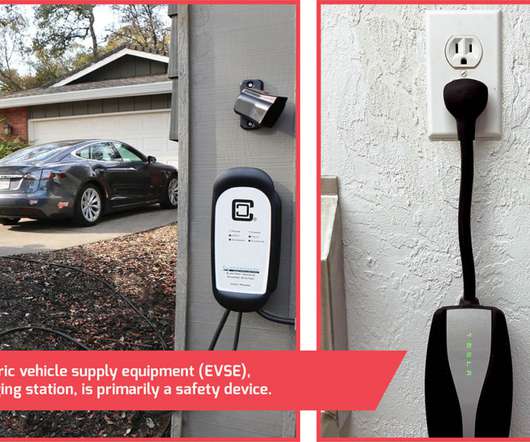New concentration-gradient cathode material for Li-ion batteries shows high energy density and long life
Green Car Congress
FEBRUARY 23, 2011
Researchers from Korea and the US have developed a new concentration-gradient Li[Ni 0.83 The new material was successfully synthesized via co-precipitation, in which the core Li[Ni 0.9 Mn 0.05 ]O 2 was encapsulated completely with a stable concentration-gradient layer having reduced Ni content. Earlier post.)



























Let's personalize your content